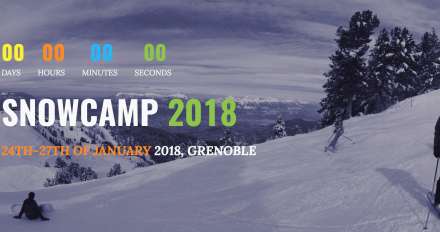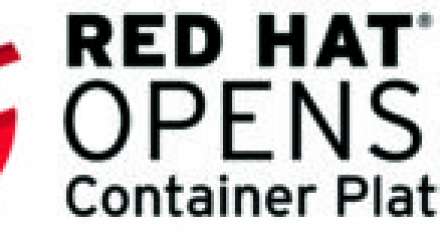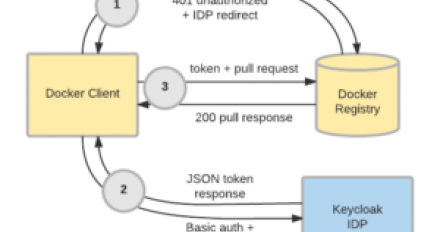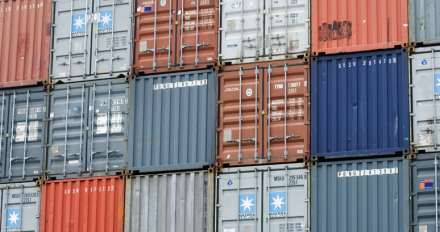
A Practical Introduction to Container Terminology
It is deceptively simple to get started with Linux Containers, but how well do you really understand the underlying technology? Could you explain the architectural trade offs of container hosts, images, and application definitions within Kubernetes? This article is intended to help you build that knowledge.























